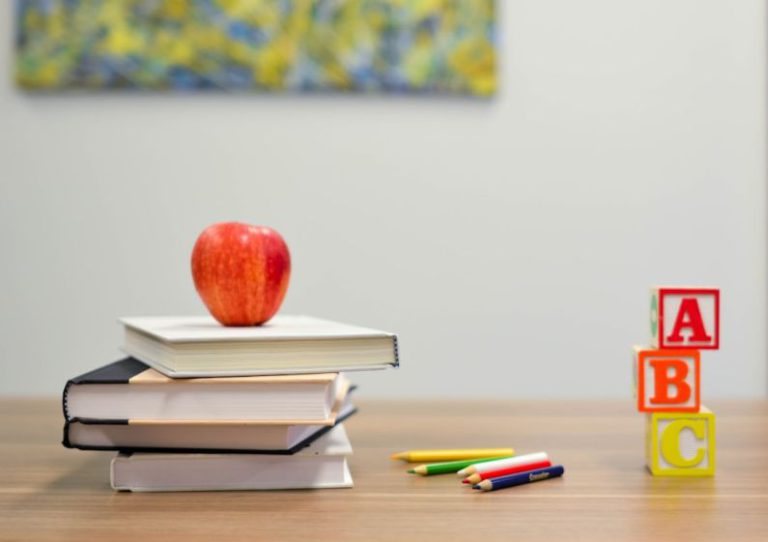What Are the Best Techniques for Discipline Without Yelling?
Discipline is an essential aspect of parenting that helps mold children into responsible and well-behaved individuals. However, many parents struggle with finding effective discipline techniques that do not involve yelling or harsh punishments. Yelling can have negative effects on a child’s emotional well-being and can strain the parent-child relationship. Fortunately, there are several alternative techniques that parents can use to discipline their children effectively without resorting to raising their voices. By employing these strategies, parents can promote positive behavior in their children while maintaining a loving and respectful relationship.
**Setting Clear Expectations**
One of the most important aspects of discipline without yelling is setting clear expectations for your child. Children thrive on structure and predictability, and knowing the rules and boundaries helps them understand what is expected of them. Clearly communicate the rules and consequences to your child in a calm and assertive manner. Make sure they understand why certain behaviors are not acceptable and what the consequences will be if they choose to disobey.
**Positive Reinforcement**
Positive reinforcement is a powerful tool for encouraging good behavior in children. Instead of focusing solely on punishing negative behavior, make an effort to praise and reward your child when they exhibit positive behaviors. This can be as simple as offering verbal praise, a hug, or a small reward for following the rules or completing a task. By emphasizing and reinforcing good behavior, you can help your child develop a sense of pride and self-control.
**Redirecting Behavior**
Sometimes children misbehave simply because they are bored or seeking attention. Instead of reacting with anger or frustration, try to redirect their behavior towards a more positive activity. Encourage your child to engage in a different task or offer them a new toy or game to play with. By redirecting their energy and attention, you can help diffuse the situation and prevent a potential meltdown.
**Time-Outs**
Time-outs can be an effective discipline technique when used correctly. Instead of using time-outs as a punishment, frame them as a chance for your child to take a break and calm down. When your child is engaging in unacceptable behavior, calmly inform them that they need to take a time-out to regain control of their emotions. Make sure the time-out is brief and age-appropriate, and use it as an opportunity for your child to reflect on their actions.
**Consistency**
Consistency is key when it comes to disciplining children without yelling. Make sure that you and your co-parent, if applicable, are on the same page when it comes to rules and consequences. Consistent enforcement of boundaries and expectations helps children understand that the rules are non-negotiable and that there are consequences for their actions. By maintaining consistency in your approach to discipline, you can help create a secure and structured environment for your child.
**Modeling Behavior**
Children learn by example, so it is important to model the behavior you want to see in your child. If you want your child to communicate calmly and respectfully, then you must do the same. Avoid raising your voice or using harsh language when disciplining your child, as this can send mixed messages about appropriate behavior. By demonstrating patience, empathy, and self-control in your interactions with your child, you can set a positive example for them to follow.
**Alternative Discipline Techniques**
In addition to the strategies mentioned above, there are several other alternative discipline techniques that parents can use to manage their child’s behavior without yelling. These include logical consequences, problem-solving discussions, and behavior charts. By exploring different discipline methods and finding what works best for your child, you can create a harmonious and respectful parent-child relationship based on mutual understanding and cooperation.
**In Summary**
Disciplining children without yelling requires patience, consistency, and effective communication. By setting clear expectations, using positive reinforcement, redirecting behavior, and modeling appropriate conduct, parents can promote positive behavior in their children while maintaining a loving and respectful relationship. By implementing these techniques consistently and with empathy, parents can help their children learn to make responsible choices and develop essential life skills that will serve them well into adulthood.






